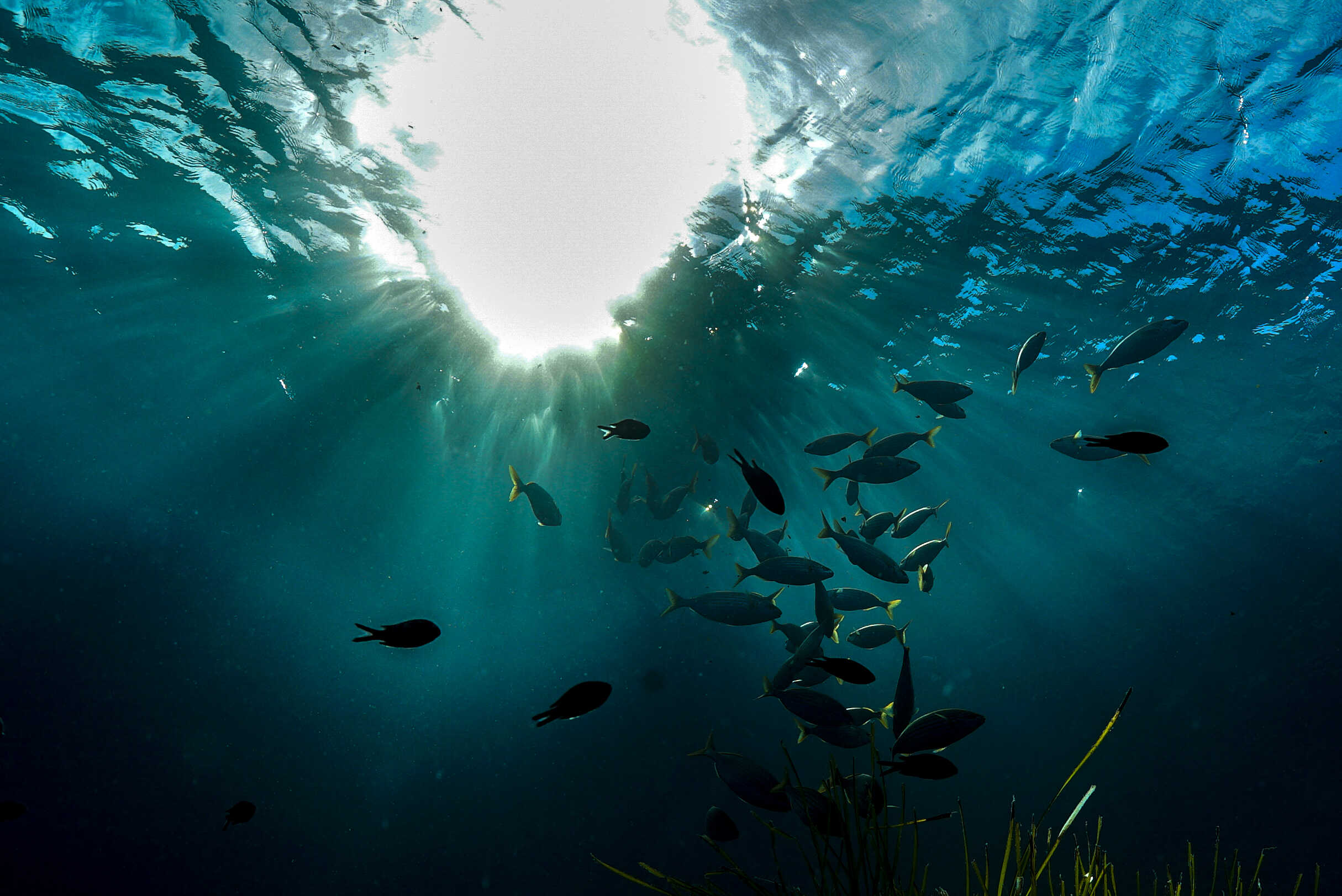
Newsroom
Behavioural and Transgenerational Effects of Artificial Light at Night Uncovered in Zebrafish Research
Artificial light at night (ALAN) has become a widespread environmental concern, particularly with the rapid expansion of urban areas. ALAN disrupts the natural light-dark cycles that many organisms rely on to regulate their circadian rhythms, which in turn affects behavioural and physiological processes. Research has shown that exposure to ALAN can interfere with sleep, feeding, and mating activities in animals. However, the specific effects of different wavelengths of ALAN, especially in aquatic ecosystems, and the possibility of long-term, multigenerational impacts remain insufficiently understood.
Zebrafish (Danio rerio) serve as a valuable model for studying these effects due to their well-documented behavioural responses and relevance to environmental research. While previous studies have largely focused on the direct effects of ALAN on individual animals, this study also explored the potential for transgenerational effects—whether exposure of one generation to ALAN influences the behaviour of their offspring.
Recently, a research group led by Prof. DUAN Ming from the Institute of Hydrobiology (IHB) of the Chinese Academy of Sciences investigated both the behavioural and transgenerational impacts of ALAN on zebrafish. Their study found that light pollution, particularly from blue-spectrum light, can alter fish behaviour after only a few nights of exposure, and these behavioural changes can be passed on to the next generation. These findings, which shed light on the broader ecological risks posed by ALAN, were published in Science of The Total Environment.
Since the harmful effects of blue-spectrum ALAN are well-documented in humans, the researchers sought to determine whether fish might experience similar impacts. To investigate, female zebrafish were exposed to ten different light conditions: nine wavelengths across the visible spectrum, along with white light. The lights were calibrated to 20 lux, a level similar to streetlights observed from a distance, mimicking what animals might experience in outdoor environments.
After eight nights of exposure, all wavelengths caused noticeable behavioural changes, including reduced swimming activity, tighter shoaling, and increased time spent near the tank walls, a behaviour known as "thigmotaxis," often associated with anxiety. Interestingly, the effects of blue light appeared much sooner, with behavioural changes becoming apparent after just five nights of exposure. Among the different wavelengths, 470 nm had the strongest impact on the zebrafish.
Although the study did not specifically aim to uncover the underlying mechanism, the researchres suggest that cumulative sleep deprivation may explain the delayed onset of behavioural changes. The findings that behavioural disruptions became apparent only after five or eight nights of exposure, rather than immediately, may indicate that the fish were gradually affected by the loss of sleep.
The study also revealed that the impacts of light pollution extended beyond the exposed individuals and were passed on to their offspring. After exposing the female zebrafish to ALAN, they were bred, and their offspring were raised under natural light conditions. Fifteen days later, the researchers tested the swimming behaviour of the larvae using automated tracking software. Remarkably, the offspring of ALAN-exposed mothers exhibited reduced movement during the day, despite never having been exposed to ALAN themselves.
"Light pollution clearly altered the natural behaviour of the fish, and these changes could potentially affect their fitness and performance," said Prof. Duan.
This research highlights the significant behavioural disruptions caused by short-wavelength ALAN and the long-lasting effects observed in subsequent generations. The findings underscore the need to consider both immediate and transgenerational impacts when evaluating the ecological consequences of ALAN exposure.

Shoreline habitats that are most affected by artificial light at night are vitally important to many aquatic species.© Alex Jordan / Max Planck Institute of Animal Behavior
(Editor: MA Yun)